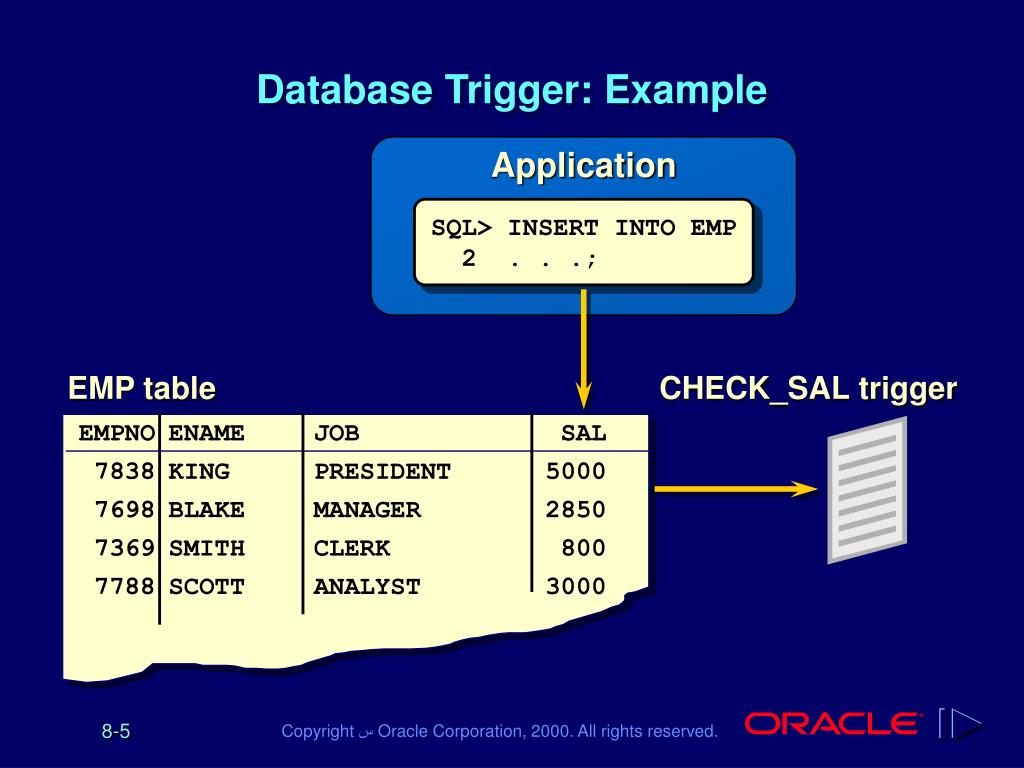

Imagine you want to almost hide a mesh when the user touches it.įirst, you'd add a BABYLON.I made a very simple test application with one activity and one layout. BABYLON.StateCondition(actionManager, target, value): true when the state property of the target matches the given value.BABYLON.PredicateCondition(actionManager, predicate): true when the given predicate function returns true.If I use a cut-down, tutorial example, I can add an onchange event to a select and it acts as I expect, where I need to hit Enter to. BABYLON.ValueCondition(actionManager, target, propertyPath, value, operator): true when the given property and value conform to the operator. Tried that too, the moment nothing happened on the options.BABYLON.InterpolateValueAction(trigger, target, propertyPath, value, duration, condition, stopOtherAnimations): Creates an animation to interpolate the current value of a property to a given target.

BABYLON.StopSoundAction(trigger, sound, condition): Stops a given sound.BABYLON.PlaySoundAction(trigger, sound, condition): Plays a given sound.
 BABYLON.SetParentAction(trigger, target, parent, condition): Sets the parent of the target. BABYLON.ExecuteCodeAction(trigger, func, condition): Executes code. The children property must be an array of actions. BABYLON.CombineAction(trigger, children, condition): Executes multiple actions simultaneously. BABYLON.DoNothingAction(trigger, condition): Do nothing :). BABYLON.StopAnimationAction(trigger, target, condition): Stops any animation being played by the target. BABYLON.PlayAnimationAction(trigger, target, from, to, loop, condition): Plays an animation on a target. BABYLON.IncrementValueAction(trigger, target, propertyPath, value, condition): Adds a number to a number property. BABYLON.SetValueAction(trigger, target, propertyPath, value, condition): Sets a direct value for a property. BABYLON.SwitchBooleanAction(trigger, target, propertyPath, condition): Switchs a boolean property. Buttons (and other such components) dont receive focus from a touch event, thats why the OnClickListener is called every time. Each successive touch doesnt change the focus so these events trickle down to the OnClickListener. But you can also provide complex paths like position.x Therefor the lower priority OnClickListener is not called. You can use direct values like position or diffuse. This string defines the path to the property to affect with the action. Most of the actions have a propertyPath property. Note that the two intersection triggers require you specify a specific mesh, which can be done like so: : Raised when the mesh is no more in intersection with a specific mesh. : Raised when the mesh is in intersection with a specific mesh. : Raised when the pointer is no more over a mesh. : Raised when the pointer is over a mesh. : Raised when the user touches/clicks up on a mesh for a long period of time in milliseconds (defined by ). : Raised when the user touches/clicks on a mesh with center button. : Raised when the user touches/clicks on a mesh with right button. : Raised when the user touches/clicks on a mesh with left button. : Raised when the user touches/clicks down on a mesh and then move off-of the mesh. : Raised when the user touches/clicks up on a mesh. : Raised when the user touches/clicks down on a mesh. : Raised when the user double touches/clicks on a mesh. : Raised when the user touches/clicks on a mesh. Used for sub-actions with action.then function. TriggersĬurrently, there are 14 different triggers available for meshes, and three for scenes. In this example, the camera.alpha property will be animated to 0 in 500ms when the user clicks the mesh only if the light.diffuse property is equal to red.
BABYLON.SetParentAction(trigger, target, parent, condition): Sets the parent of the target. BABYLON.ExecuteCodeAction(trigger, func, condition): Executes code. The children property must be an array of actions. BABYLON.CombineAction(trigger, children, condition): Executes multiple actions simultaneously. BABYLON.DoNothingAction(trigger, condition): Do nothing :). BABYLON.StopAnimationAction(trigger, target, condition): Stops any animation being played by the target. BABYLON.PlayAnimationAction(trigger, target, from, to, loop, condition): Plays an animation on a target. BABYLON.IncrementValueAction(trigger, target, propertyPath, value, condition): Adds a number to a number property. BABYLON.SetValueAction(trigger, target, propertyPath, value, condition): Sets a direct value for a property. BABYLON.SwitchBooleanAction(trigger, target, propertyPath, condition): Switchs a boolean property. Buttons (and other such components) dont receive focus from a touch event, thats why the OnClickListener is called every time. Each successive touch doesnt change the focus so these events trickle down to the OnClickListener. But you can also provide complex paths like position.x Therefor the lower priority OnClickListener is not called. You can use direct values like position or diffuse. This string defines the path to the property to affect with the action. Most of the actions have a propertyPath property. Note that the two intersection triggers require you specify a specific mesh, which can be done like so: : Raised when the mesh is no more in intersection with a specific mesh. : Raised when the mesh is in intersection with a specific mesh. : Raised when the pointer is no more over a mesh. : Raised when the pointer is over a mesh. : Raised when the user touches/clicks up on a mesh for a long period of time in milliseconds (defined by ). : Raised when the user touches/clicks on a mesh with center button. : Raised when the user touches/clicks on a mesh with right button. : Raised when the user touches/clicks on a mesh with left button. : Raised when the user touches/clicks down on a mesh and then move off-of the mesh. : Raised when the user touches/clicks up on a mesh. : Raised when the user touches/clicks down on a mesh. : Raised when the user double touches/clicks on a mesh. : Raised when the user touches/clicks on a mesh. Used for sub-actions with action.then function. TriggersĬurrently, there are 14 different triggers available for meshes, and three for scenes. In this example, the camera.alpha property will be animated to 0 in 500ms when the user clicks the mesh only if the light.diffuse property is equal to red.







 0 kommentar(er)
0 kommentar(er)
